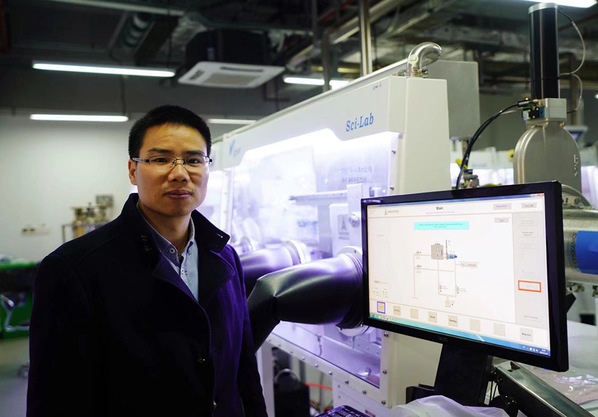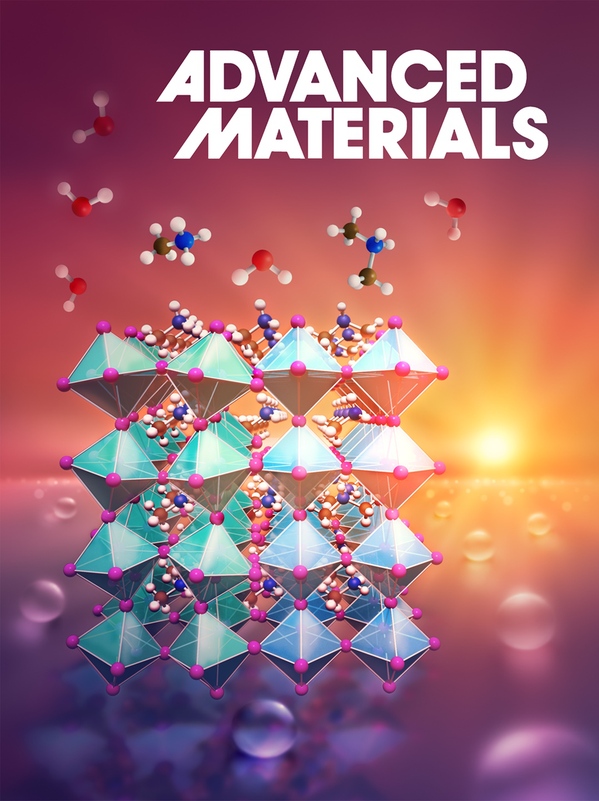On November 19th, Clarivate Analytics released the sixth annual Highly Cited Researchers list. Based on Web of Science data, and through analysis of citation data over the past 11 years, the list selects the most citation-influential scientific researchers with the highest number of highly cited papers in various fields, collectively recognized by global peers. More than 6,000 highly-cited scientists from 21 natural sciences and social sciences fields and cross-fields made the list.
It is worth noting that this is the second time for SPST Assistant Professor Ning to make the Highly-Cited Researchers list, after his first time in 2018. Dr. Ning joined SPST in December 2014. His research direction is mainly focused on optoelectronic materials and devices based on the solution method (including solar cells, luminescence, and photodetectors). The research content includes synthesis of new materials, surface modification and interface engineering of materials, and device design and fabrication. This research area requires comprehensive knowledge including chemistry, materials, and physics. SPST’s Division of Systems Materials emphasizes research concepts of material synthesis, assembly, properties, and devices, and uses an interdisciplinary approach to solve important challenges in the field of new materials. The selection of Dr. Ning as a Highly-Cited Researcher reflects the interdisciplinary research that ShanghaiTech is becoming known for.
In recent years, Dr. Ning's research group has made important progress in the research of organic-inorganic hybrid optoelectronic materials and devices. The related results have been published in Science Advances, Joule, Journal of American Chemical Society, Advanced Materials, Energy & Environmental Science and other academic journals. His group designed and prepared a series of new organic-inorganic hybrid optoelectronic material structures, which have improved the stability of the optoelectronic properties of the materials. Based on this, the stability and efficiency of the device have been greatly improved through the regulation of the device structure. Especially in the field of lead-free perovskite solar cells, Ning's team designed and developed a tin-based perovskite solar cell based on a low-dimensional structure, which further improved the preparation of nanostructures and the regulation of the device's band structure. The efficiency of tin-based perovskite solar cells has achieved an efficiency record of 12.4% for lead-free perovskite solar cells. Dr. Ning won First Prize in the 2017 Shanghai Natural Science Award, served as a member of the Advisory Committee of the Journal of Cell Reports Physical Science, and the young editor of the journal Science China Chemistry.
Ning's research group has conducted in-depth cooperation with other SPST groups majoring in chemistry, physics, materials to accelerate the progress of related research. The above series of achievements comes from the hard work of Ning's team, which also benefited from ShanghaiTech University’s platform for cross-field research.
In September this year, the research results of Ning's research group on the development of efficient and stable trans-structured perovskite batteries were published in the form of cover articles in Advanced Materials (Adv. Mater., 2019, DOI: 10.1002 / adma.201903559).




